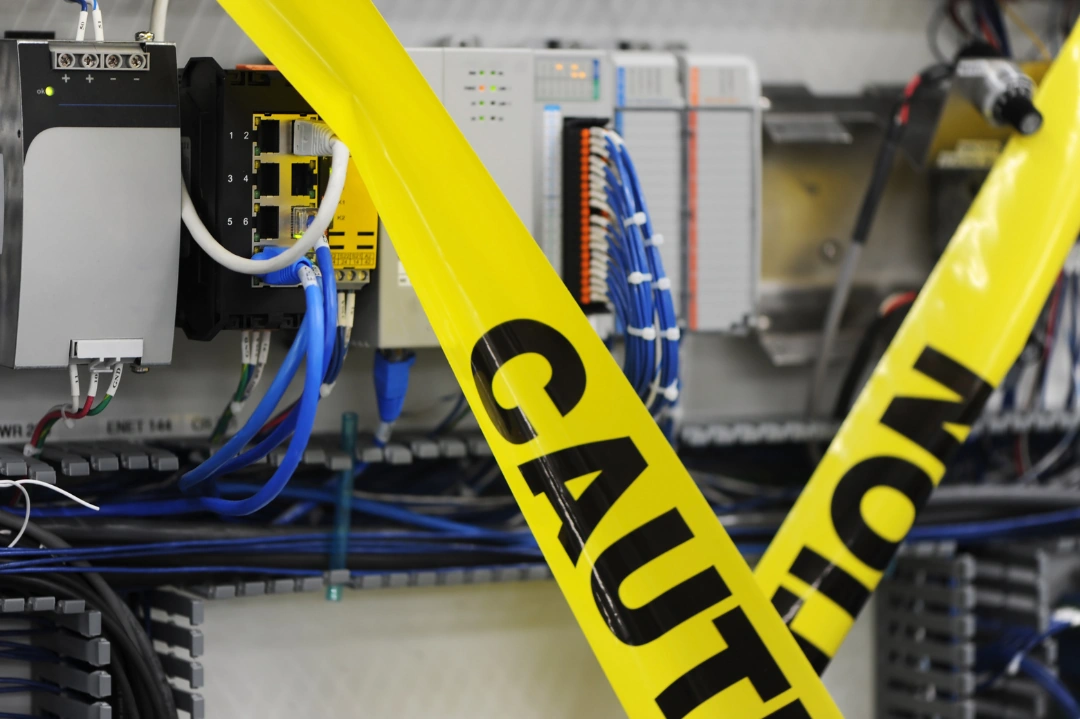
Understanding And Assessing Workplace Hazards
The employers of lone workers face unique challenges in identifying and mitigating risks due to their solitary work environments. By assessing workplace hazards effectively, you can create a safer work environment, enhance employee satisfaction, and ensure compliance with safety standards.
Understanding Workplace Hazards For Lone Workers
Workplace hazards pose significant risks, especially for lone workers who lack immediate support. Employers must grasp these risks to safeguard their employees effectively. Lone workers face distinct challenges. Their isolation can delay hazard recognition and response. For example, a lone worker who slips might not receive prompt help, and without regular oversight, hazards might go unreported.
Conducting A Comprehensive Risk Assessment
Regular risk assessments identify workplace hazards, especially for lone workers. These evaluations allow employers to spot potential dangers and devise strategies to minimize them.
To conduct an effective risk assessment, employers should take a structured approach:
- ●
Identify potential hazards: Begin by thoroughly examining the work environment and tasks of lone workers. Look for sources of harm, including physical, chemical, biological, and ergonomic hazards. Consider environmental factors like weather and remote locations that might increase risks.
- ●
Evaluate the severity and likelihood of hazards: After identifying dangers, assess their potential impact and likelihood. Tools like risk matrices can help visualize and categorize risks by severity and likelihood.
- ●
Implement control measures: Develop and implement control measures to mitigate risks. Start with engineering solutions to eliminate hazards, then use administrative controls to change work procedures. Rely on personal protective equipment (PPE) as a last resort. Ensure these measures suit the specific challenges faced by lone workers.
- ●
Review and update regularly: Risk assessments should be ongoing. Regularly review and update them to reflect changes in the work environment, processes, or personnel.
By conducting thorough risk assessments, employers can proactively address workplace hazards, ensuring the safety of lone workers and fostering a culture of safety.
Identifying Potential Hazards
To safeguard lone workers, you must pinpoint potential hazards in their work environment. Employers should methodically evaluate various risks. These include:
- ●
Physical hazards
- ●
Chemical hazards
- ●
Biological risks
- ●
Ergonomic issues
- ●
Environmental factors
- ●
Situational risks
By thoroughly assessing potential hazards, employers can proactively enhance the safety of lone workers and foster a more secure work environment.
Evaluating The Severity And Likelihood Of Hazards
After identifying potential hazards, you should assess their severity and likelihood to determine which risks need immediate action. This step is important for lone workers, as their isolation can amplify the impact of incidents.
Employers can use several methods to evaluate these risks effectively:
- ●
Risk matrices: This tool helps visualize risks by plotting the severity of harm against the likelihood of occurrence, allowing employers to spot high-priority hazards quickly.
- ●
Quantitative risk assessment: Assigning numerical values to the likelihood and impact of hazards provides a clear risk score, helping prioritize risks objectively.
- ●
Scenario analysis: By examining potential worst-case scenarios, employers can better understand the impact on lone workers and develop strategies to mitigate these risks.
- ●
Consultation with experts: Health and safety experts can offer insights into complex risks, providing valuable guidance in evaluating hazards that might not be immediately obvious.
- ●
Historical data review: Reviewing past incidents and near-misses offers insights into the likelihood of specific hazards, helping employers anticipate and prepare for similar events.
By systematically evaluating hazards, employers can focus their risk management efforts on the most significant threats to lone workers.
Implementing Control Measures
After identifying and evaluating hazards, the next step is to put in place effective control measures to manage risks, especially for lone workers who face unique challenges. Here are some strategies employers should consider:
- ●
Engineering controls: Modify the workplace to remove or reduce hazards.
- ●
Administrative controls: Change procedures to lower risks.
- ●
Personal Protective Equipment (PPE): Employers must provide the right gear, like helmets or gloves, and ensure workers know how to use and maintain it properly.
- ●
Technology solutions: Wearable alarms, GPS tracking, and mobile apps for emergency communication offer an extra layer of security.
- ●
Tailored solutions: Each lone worker's situation is different, so customize control measures to fit specific roles and environments.
By implementing these measures, employers can significantly reduce workplace hazards for lone workers, fostering a safer environment and a culture where employees feel valued and protected.
Best Practices For Ongoing Hazard Monitoring
Keeping an eye on workplace hazards is necessary, especially for lone workers who might not have immediate backup. Here are some practical steps for effective hazard monitoring:
- ●
Regular inspections: Make it a habit to inspect work sites and equipment often.
- ●
Use of technology: Embrace technology to spot hazards. Tools like sensors, wearable devices, and automated systems offer real-time updates on conditions and equipment.
- ●
Incident reporting systems: Set up a strong reporting system that encourages lone workers to report hazards and near-misses without fear. Easy-to-use options like mobile apps or hotlines ensure swift communication.
- ●
Data analysis: Dive into incident data to spot patterns and recurring issues. This analysis guides future risk assessments and highlights areas that need attention.
- ●
Feedback loops: Create channels for workers to share their insights into potential hazards. Involving lone workers in safety discussions brings valuable perspectives to enhance monitoring efforts.
By weaving these practices into safety protocols, employers can keep hazard monitoring dynamic, ensuring lone workers operate in an ever-improving safety environment.
Training And Education
Training and education are the cornerstones of a robust safety culture, particularly for lone workers who must rely heavily on their own judgment in hazardous situations. Employers should prioritize comprehensive training programs that not only address the specific risks associated with their roles but also empower workers with the confidence to act decisively in emergencies.
Communication And Reporting Systems
For lone workers, effective communication and robust reporting systems are necessary to ensure safety. Clear communication channels are required for lone workers to report hazards and incidents swiftly, enabling timely intervention and risk reduction.
Legal And Regulatory Considerations
Employers must meet legal obligations to ensure the safety of all workers, including those working alone. Understanding and adhering to relevant regulations and standards maintains a safe workplace and avoids legal issues. Considerations include:
- ●
Occupational safety laws
- ●
Risk assessment requirements
- ●
Training and documentation
- ●
Industry-specific standards
By staying informed about legal and regulatory requirements, employers can protect lone workers and maintain a compliant and safe working environment.
Conclusion
Managing workplace hazards for lone workers is a crucial responsibility for employers. By adopting best practices like comprehensive risk assessments, effective control measures, and continuous hazard monitoring, employers can significantly enhance the safety and well-being of lone workers.
Read More From the Lone Worker Blog
Scaling Your Lone Worker Business

If you are looking to scale up your business while keeping your workers protected and monitored, learn more about your local lone worker policies.
Read MoreImportant Practices For Keeping Your Employees Safe

There are simple steps that you and your employees can take to keep yourselves safe while working alone.
Read More


